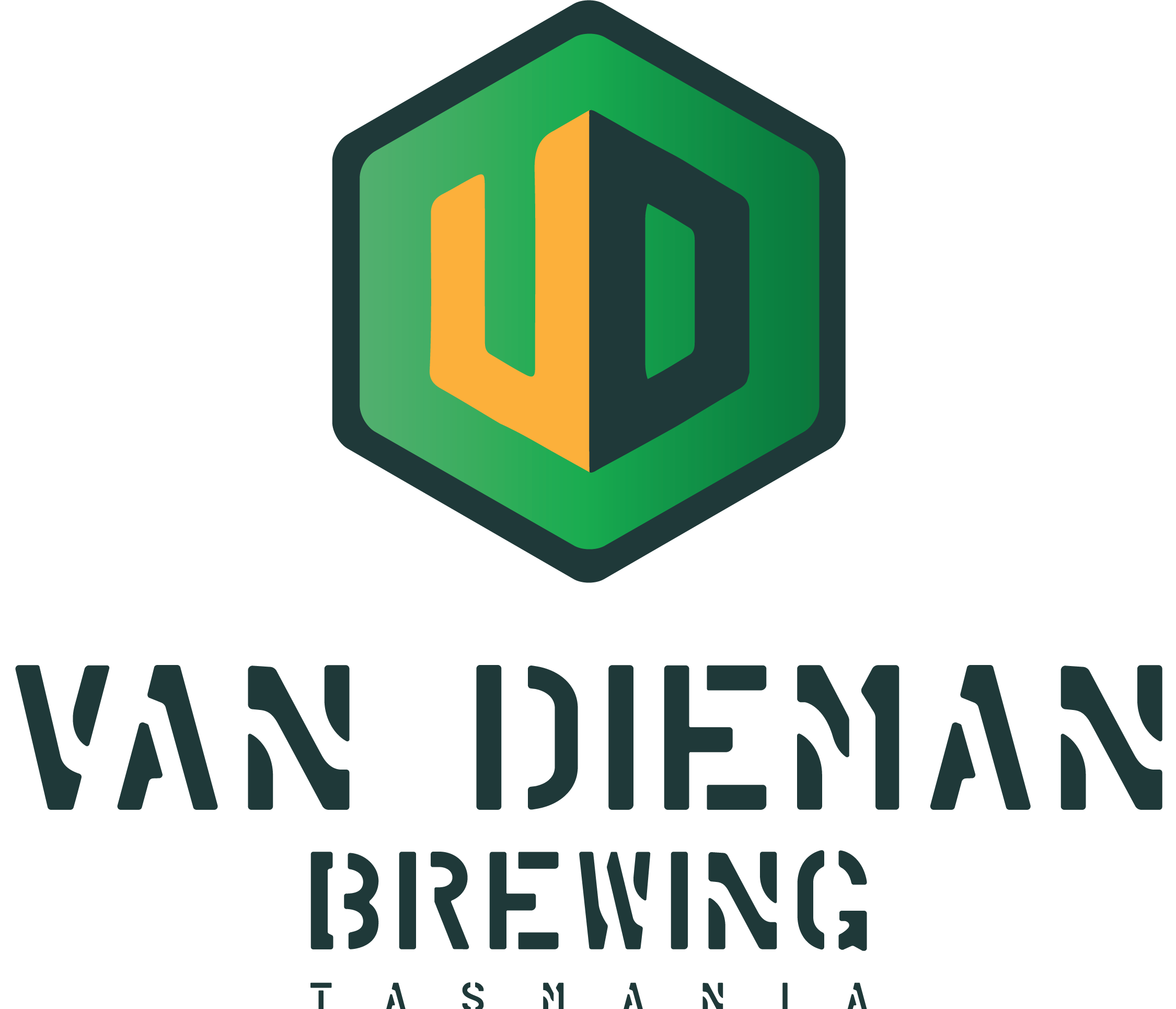Sowing the Seed
This week we will embark on the initial steps of an exciting project that will see us create an Australian first, 100% brewery grown - Estate Ale.
Barley field prior to sowing - Photo courtesy of Jesse Hunniford from SCOPE
The sowing of a barley crop in a paddock only 50 metres from the brewery sees us begin the journey to a 100% brewery-grown Estate Ale scheduled for release in Autumn 2016. Our Estate Ale will bring all four key brewing ingredients (water, barley, hops, yeast) together in a brew that will see all ingredients travel less than 200 metres from paddock to pint.
Being situated on a operational farm, with access to pure spring water, places us in an enviable position of being able to achieve this audacious brew. In what we believe will be an Australian first Estate brewed beer, its part of an ongoing commitment at Van Dieman Brewing to selectively source brewing ingredients as locally as possible, and we can't get any more local than by growing it ourselves.
The barley will be sown into a paddock adjacent to the brewery, and harvested towards the end of summer, and malted locally at a small floor maltings that is currently under construction. This will allow us to closely monitor all aspects of the growing process. Given cooperative sowing conditions, seed should be in the ground by the end of the week.
Our water for all brewing purposes is already drawn from springs on the property, or rain water captured of the brewery roof. We treat it prior to it entering the brewery through a reverse osmosis filter, but we're not reliant on municipal water for our brewing operations. In addition to this we're essentially a closed loop system with regards to water, as any waste water, or beer for that matter (god help us its minimal), is again treated on exit and used to irrigate an established tree plantation nearby the brewery.
The hops for the Estate Ale will be selected from our 250 plant hop field, and compromise from Cascade, Super Pride & Fuggle varieties. We've just pruned all of the plants in the field, and will expect a bumper harvest in what will be the 4th year of the hops being harvested, so yields should be close to 100%. The hop harvest in March will dictate when the brew will occur, as we'll undoubtable be using wet hops in the initial brews, but will also look to dry, pack and store some of the brewery grown hops for addition into subsequent Estate ale brews throughout the year.
The most critical component to the brew is isolating a suitable brewing yeast from the natural environment surrounding the brewery. We've done some work previously selecting some wild yeast for the production of our Hedgerow barrel aged some ale, and from this work we believe we have a complimentary yeast ideally suited for the Harvest ale. The aim is not to produce a sour ale, so the yeast selection is critical.
Its an exciting challenge which we're undertaking, and a development of the brewery and beers that we've been conscious of introducing and completing for a number of years now. The exercise is not the easiest way to produce a beer, has a multitude of possible setbacks and seasonally dictated primary ingredients, but we feel the opportunity to pursue this option, the learning associated and the reward at the end is ultimately much greater than the inherent risks associated. We'll keep you posted on all the aspects of the growing, harvesting & brewing process, and hope that you'll appreciate what we're trying to achieve, and more still get to the Estate ale when its released in 2016.
Cheers, Will.


